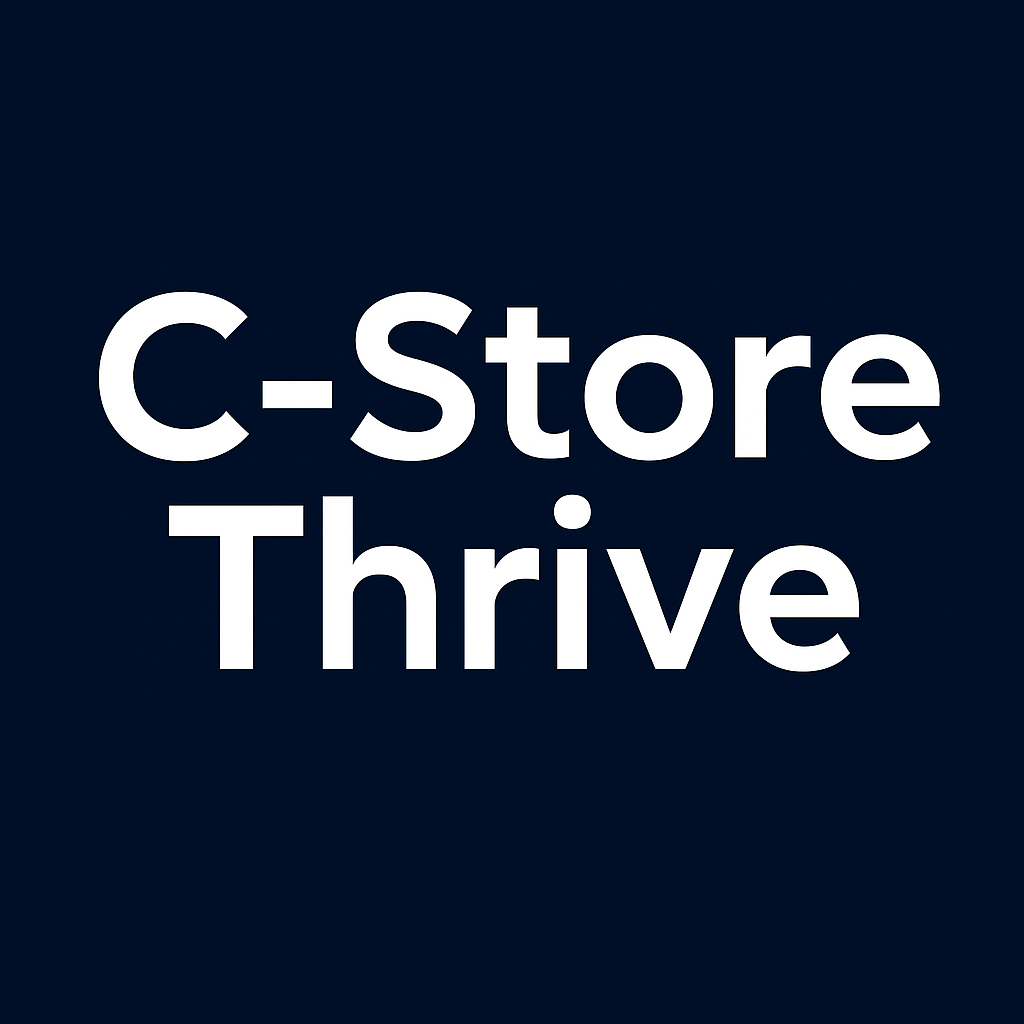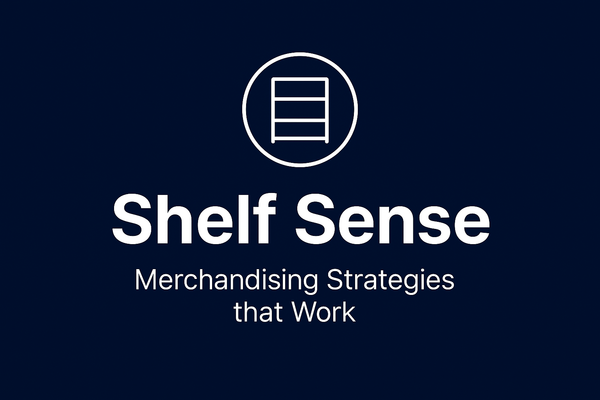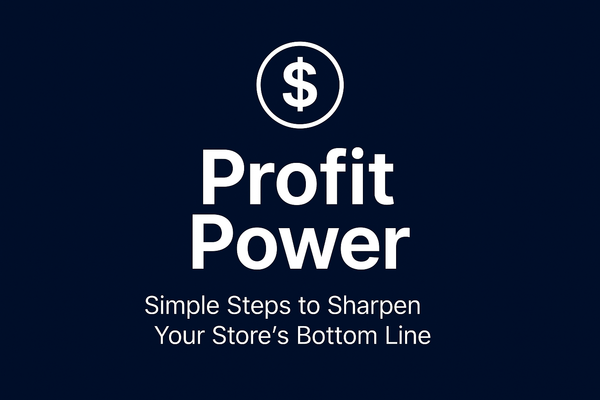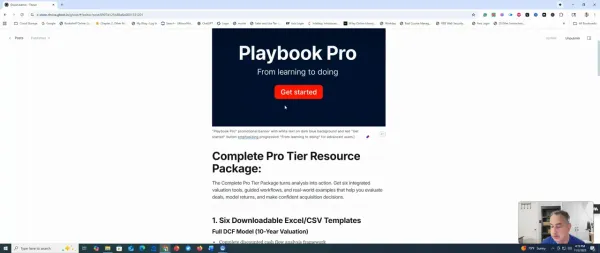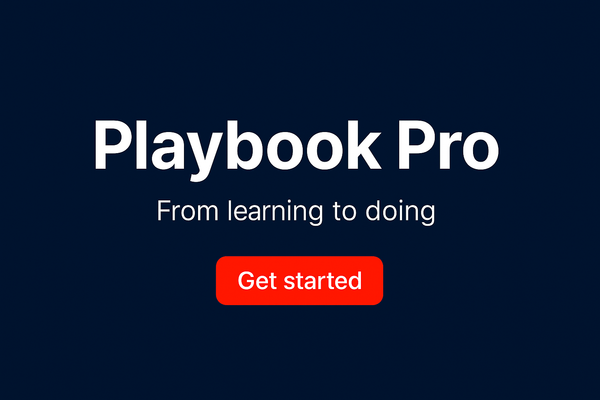Aligning HR Strategy with Store Business Goals in C-Stores
When Sarah took over HR for a 47-store convenience chain three years ago, the first question the CEO asked her wasn't about turnover metrics or hiring strategies. He leaned back in his chair and said, "Tell me how you're going to help us sell more coffee."

When Sarah took over HR for a 47-store convenience chain three years ago, the first question the CEO asked her wasn't about turnover metrics or hiring strategies. Nope. He leaned back in his chair, fixed her with that intense stare of his, and said, "Tell me how you're going to help us sell more coffee."
She nearly choked on her own coffee, thinking, "What the heck does HR have to do with coffee sales?" But that question—that seemingly odd connection between human resources and actual store performance—changed her entire approach to convenience store HR management.
Looking back, it was the most important question anyone could have asked. Because in the fast-paced, razor-thin-margin world of convenience retail, HR isn't just about hiring and firing. It's about creating the human engine that drives every single business goal on the table.
The Disconnect That's Killing Your Profits
Let's be honest. In most c-store operations, there's a massive disconnect between what happens in HR and what happens on the store floor. HR folks sit in offices creating policies and procedures, while store managers struggle to keep shelves stocked and customers happy. The two worlds rarely connect in meaningful ways.
Experienced HR leaders have seen it repeatedly: beautifully crafted employee handbooks that never leave the office drawer. Training programs that have zero connection to actual sales goals. Recognition systems that reward the wrong behaviors. And don't even get started on hiring practices that focus on availability rather than ability!
This disconnect is costing convenience stores—big time. Every employee who quits after two weeks represents about $1,200 in wasted recruiting and training costs for the average c-store. Every disengaged cashier who provides lackluster service drives away approximately 12 customers per shift (yes, some HR directors have actually counted). Every manager who doesn't understand how to motivate their team costs about 15% in potential sales.
Starting With the End in Mind
So, how do c-stores fix this? It starts with flipping the traditional HR approach on its head.
Instead of beginning with HR processes and hoping they somehow benefit the business, forward-thinking HR leaders now start with specific business goals and work backward to create HR strategies that directly support them.
For example, one company identified three critical business goals last year:
- Increase food service sales by 22%
- Improve customer service scores by 15 points
- Reduce inventory shrink by 3%
Rather than nodding politely and returning to regular HR activities, their HR director restructured the entire human resources approach around these specific targets. Here's how:
Hiring for What Actually Matters
Gone are the days when c-stores hired anyone who could fog a mirror and work weekends. Now, strategic hiring processes directly align with business objectives.
For the food service goal, one company completely revamped its interview questions. Instead of generic stuff like "Tell me about yourself," they now ask targeted questions: "Describe a time when you suggested a new food item or presentation that increased sales." "What would you do if a customer complained their sandwich wasn't fresh?"
For customer service goals, innovative c-stores implement role-playing exercises during interviews. Candidates have to demonstrate how they'd handle three specific customer scenarios regularly faced in stores. It's amazing how many seemingly perfect applicants crash and burn during this exercise!
For shrink reduction goals, leading convenience retailers add integrity testing and behavioral questions specifically designed to identify theft risks. Controversial? Maybe. Effective? One chain saw shrink numbers drop 2.1% in the first six months.
The best part? Store managers become actively engaged in the hiring process because they see direct connections between the people they hire and their ability to hit their targets. No more eye-rolling when HR sends over a new candidate!
Training That Translates to Dollars
One HR director tells the story of her biggest embarrassment. She once spent $42,000 developing a comprehensive training program that looked beautiful on paper. Videos, workbooks, certificates—the whole nine yards. Six months later, she discovered most store managers weren't using it because "it doesn't help with what we actually need to do."
Ouch.
Now, forward-thinking c-store chains ensure every single training module directly connects to specific business metrics. Some even print the relevant KPI right on the training materials: "This module helps increase basket size by an average of 4%."
For food service goals, effective operators create micro-training sessions (5-7 minutes each) on specific upselling techniques for coffee and food items. Each session includes the exact phrases to use and the specific products to suggest together.
To support customer service improvements, innovative chains develop what some call "Moment Mapping"—training employees to identify six specific moments in the customer journey where their actions directly impact satisfaction scores. Each moment has its own training module with concrete behaviors to demonstrate.
For shrink reduction, smart HR leaders flip the script entirely. Instead of the usual "theft is bad" messaging, they train team members on how inventory shrink directly impacts store profitability and, therefore, their bonus potential. Suddenly, everyone becomes loss prevention experts!
Performance Management With Purpose
Traditional performance reviews are about as popular as gas station sushi. And just about as effective, too.
Leading c-store chains have tossed old annual review systems in the trash and replaced them with what some call "Goal-Linked Check-ins"—brief, monthly conversations between managers and team members focused exclusively on behaviors that impact main business goals.
For food service, managers observe and provide feedback on how effectively employees suggest food pairings, maintain product freshness, and keep the food service area clean and appealing.
For customer service, progressive companies implement peer recognition cards where team members can document when they see a colleague providing exceptional service. These cards become talking points during check-ins and are directly tied to weekly "service star" bonuses.
For shrink reduction, successful operators create store-level inventory accuracy competitions with teams earning recognition based on their monthly inventory results rather than punishing individuals when numbers don't add up.
The result? Employees understand exactly how their daily actions connect to store success. Managers have concrete, business-relevant topics to discuss during check-ins. And HR directors have clear data showing how HR practices directly impact business outcomes.
Compensation That Drives Behavior
Here's a hard truth experienced HR leaders have learned: People do what you pay them to do, not what you ask them to do.
Old compensation systems primarily based on tenure and position—put in your time, get a raise—prove pretty standard and pretty ineffective in the convenience industry.
Forward-thinking chains have restructured their entire compensation approaches to directly reward behaviors that drive business goals. Base pay remains competitive, but the real magic happens in incentive programs.
For food service, one innovative approach implements a daily "food sales share" where 1% of food revenue is distributed among the shift team. Suddenly, everyone from cashiers to maintenance staff starts suggesting food items to customers.
For customer service, leading operators tie 30% of manager bonuses directly to mystery shopper scores, with the remaining 70% linked to sales performance. The message becomes clear: you can't just sell stuff; you have to create an experience that brings customers back.
For shrink reduction, successful companies create quarterly inventory bonuses that pay out based on shrink performance relative to sales. If a store maintains healthy shrink levels while growing sales, the entire team earns a bonus.
Is this more complicated than traditional systems? Yep. Does it require more administrative effort from HR? Absolutely. But sales data shows it's working, with targeted categories outperforming others by an average of 17% in chains that implement such approaches.
Culture With a Purpose
Company culture isn't just about ping pong tables and pizza parties (though most c-stores aren't against either!). Meaningful culture is about creating an environment where behaviors that drive business success can thrive.
For food service goals, innovative chains transform break rooms into "taste testing labs" where employees sample new food items and provide feedback before launch. This not only improves offerings but also creates food ambassadors who genuinely recommend products they've helped develop.
For customer service improvements, leading operators implement "Customer Story Roundups" at the beginning of each shift. Team members share brief stories of positive customer interactions, reinforcing the behaviors the company wants to see and creating positive peer pressure.
For shrink reduction, progressive c-stores move away from the "us vs. them" mentality of traditional loss prevention and toward a "protecting our shared success" framework. They openly share shrink numbers and their impact on store performance and bonuses with all team members.
The skeptics might be thinking, "Sounds great, but how do you measure if any of this culture stuff actually works?" Fair question! Forward-thinking convenience retailers now conduct quarterly pulse surveys with just five questions, each directly related to business goals. The responses allow them to see clear correlations between cultural elements and business performance.
Making HR a Strategic Partner
Looking back at that CEO's coffee question, successful HR leaders now understand what he was really asking: Can HR move beyond administrative functions and become a strategic driver of business success?
The answer is a resounding "Yes!"—but only if convenience store operators are willing to:
- Start with business goals rather than HR processes
- Measure HR success by the same metrics as operations
- Get their hands dirty, understanding the day-to-day realities of store operations
- Abandon HR practices that don't directly support business outcomes
- Speak the language of sales, margins, and customer experience, not just compliance and headcount
In the three years since implementing this aligned approach, one company has seen food service sales increase by 34% (exceeding their 22% goal), customer service scores improve by 21 points (surpassing their 15-point target), and shrink reduction hit 2.8% (just shy of their 3% goal).
Just as importantly, the relationship between HR and operations has transformed from necessary evil to valued partnership. Store managers now call HR directors for advice on achieving their targets, not just when they need to fire someone.
So, how did that HR director answer the CEO's coffee question back then? After recovering from her initial shock, she said, "I'm going to make sure we hire people who can sell coffee, train them on why our coffee matters, reward them when coffee sales increase, and create a culture where everyone is excited about our coffee program."
He smiled and said, "Perfect. When can you start?"
The real question is: When will c-store operators start aligning their HR strategy with what actually matters in their stores?
